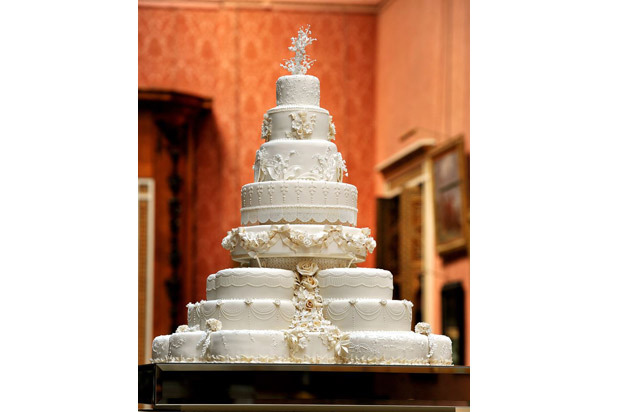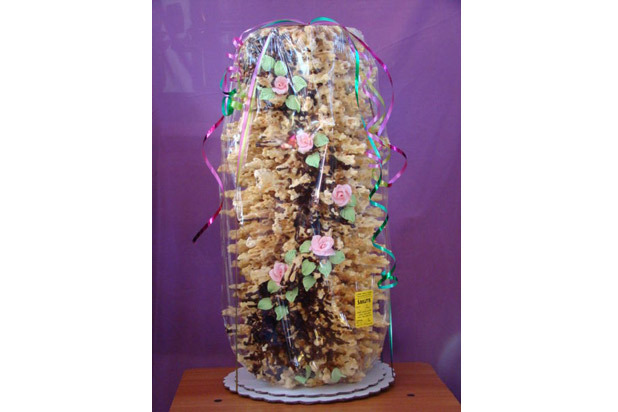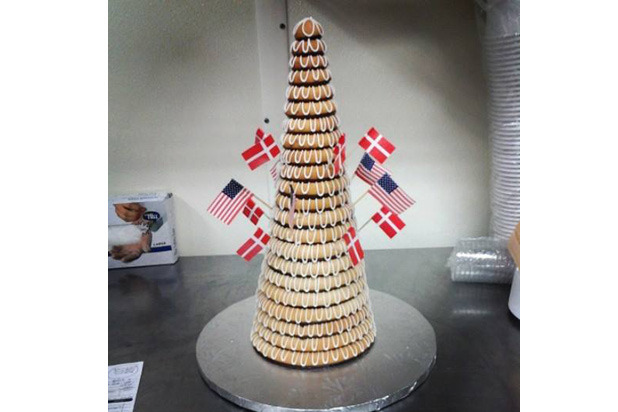15 Knockout Wedding Cakes From Around The World Slideshow
Traditional Chinese wedding cakes are called "Dragon and Phoenix" cakes, or Happiness Cakes. Its name comes from the dragon and phoenix patterns that are drawn on the surface, which are typically thought to symbolize happiness. It is traditionally made of lotus seed paste, red bean paste, or green bean paste and has a sweet filling. The cake tends to be a gift from the bride's family to the groom's.
Great Britain
In Great Britain, it is customary to serve a fruitcake at the wedding. Fruitcakes, which Brits also eat at Christmas, are made of cognac soaked fruits and can be topped with brandy butter cream. It is tradition that the top tier of the cake is supposed to be eaten at the christening of the newlyweds' first child. Prince William and Kate's cake, pictured here, was an eight-tiered fruitcake with white icing made by Fiona Cairns.
Bermuda
Wedding cakes in Bermuda often feature a small cedar sapling on top. It is meant to symbolize growth and love. Many couples even replant the sapling after the ceremony. This wedding cake was featured at a wedding at The Fairmont Southampton in Bermuda.
France
The French are known for making beautiful food, and the traditional croquembouche that is served at French weddings is no exception. Cream puff pastries are organized in a cone, and are glued together with spun sugar or caramel. In some cases, the cream puffs can be replaced with classic French macarons.
Lithuania
A traditional Lithuanian wedding cake is called sakotis. It is similar in taste to a cookie and is shaped into a tree shape. It can typically be found with fresh flowers or herbs coming out from the top. Sakotis is enjoyed at weddings, but is found at many other occasions like Christmas, where the cake is supposed to resemble a Christmas tree.
Greece
Traditional Greek wedding cakes differ from many of the other items on this list. Greek wedding cakes tend to be flourless, and consist of almonds, fruits, and honey. They range from simple to extravagant, and can sometimes feature a bride and groom on top, similar to the American wedding cake.
Italy
In Italy, there tend to be two traditional options. Whether that be millefoglie (a layer cake made of filo pastry, chocolate and vanilla cream, and strawberries) or a custard filled zuppa inglese, there are tons of sweet treats to choose from. Guests can enjoy the confections while the classic toast "evviva gli sposi," or "hurray for the newlyweds" is cheered from the crowd.
Norway
Norwegian wedding cakes have an interesting history. Rather than serving a cake, a bread dish, called brudlaupskling is served. It is sweet, and topped with syrup, cheese, and cream. Additionally, its white flour was once meant to be a symbol of wealth since this ingredient was not readily available in Norwegian farms and had to be imported.
Jamaica
Jamaican weddings tend to serve "Black Cake." It is a variation on spice cake and contains raisins, prunes, and currants, all soaked in brandy and rum. Additionally, sugar, nutmeg, vanilla, almond, and lemon are added for an extra kick. Variations of these cakes are not only found in Jamaica, but at many Caribbean-influenced weddings in other parts of the world.
Japan
It is often customary in Japan to have a fake cake that is made of cardboard, Styrofoam, or rubber with wax as "icing." Many even have a slot that allow the bride and groom to appear as though they are able to cut the cake. While some Japanese couples may opt to have a real cake, fake ones can still be found in abundance across the country.
Korea
Sweet tteok is the confection of choice for Korean weddings. It is made up of sweet sticky rice, nuts, fruit, and sometimes red beans or red bean paste. Tteok preparation varies and it is a universal dish for many Korean celebrations.
Ukraine
Ukrainian weddings serve a traditional wedding bread called korovai. It looks embellished like a cake, can come in as many tiers as five tiers or as few as one, and is decorated with marshmallow or meringue. The preparation of korovai is a common wedding ritual, and is made the weekend before the wedding with the help of members of the bride and groom's families.
Bulgaria
Wedding cakes in Bulgaria are often a honey cake that is meant to symbolize a sweet and happy life for the couple. Some newlyweds follow a Bulgarian tradition that says the groom's mother feeds the couple the cake along with wine to ensure a successful and happy marriage.
West Indies
In the West Indies, wedding traditions require that guests are supposed to peek underneath a white cloth to get a look at the confection. The cake is similar to a Jamaican black cake, in that it tends to be a variation of a fruit and rum cake. It differs, however, in that the recipe can be handed down from mother to daughter over many generations, and fruits can soak in rum for up to one year!
Denmark
Danish wedding cakes are similar in shape to the French croquembouche and in taste to Norwegian wedding cakes. It is typically made of almond cake and marzipan, on the outside, and sorbet or fruit on the inside. Some Danish wedding cakes, like the one featured here, have Danish flags as embellishments.
